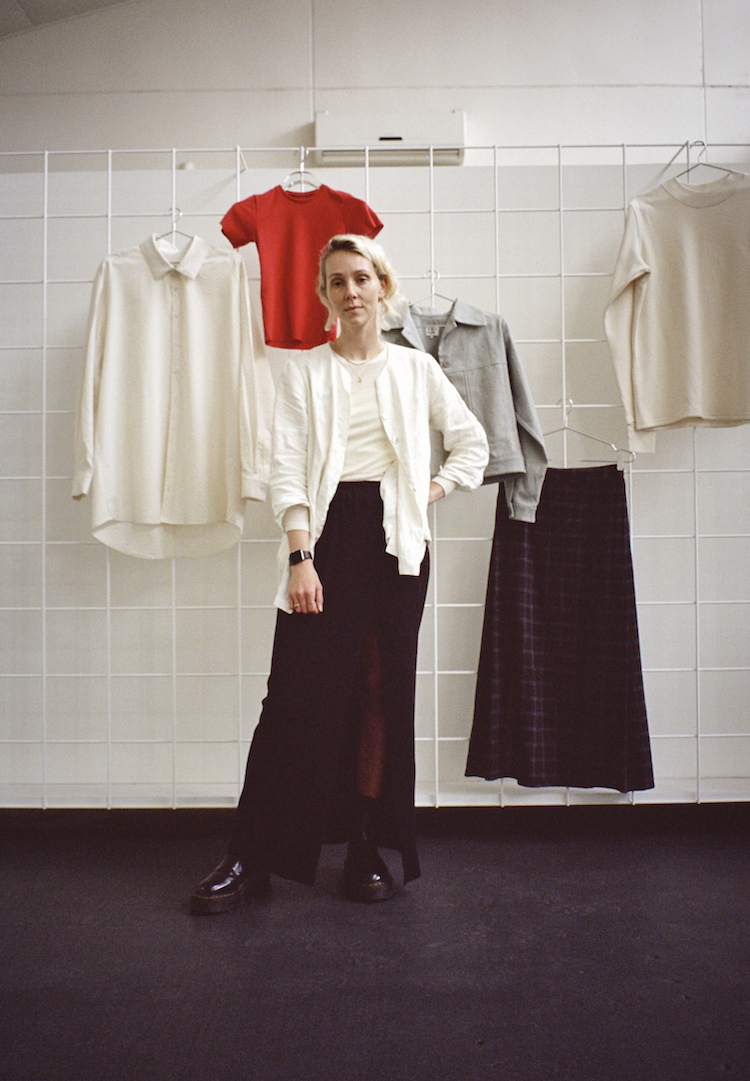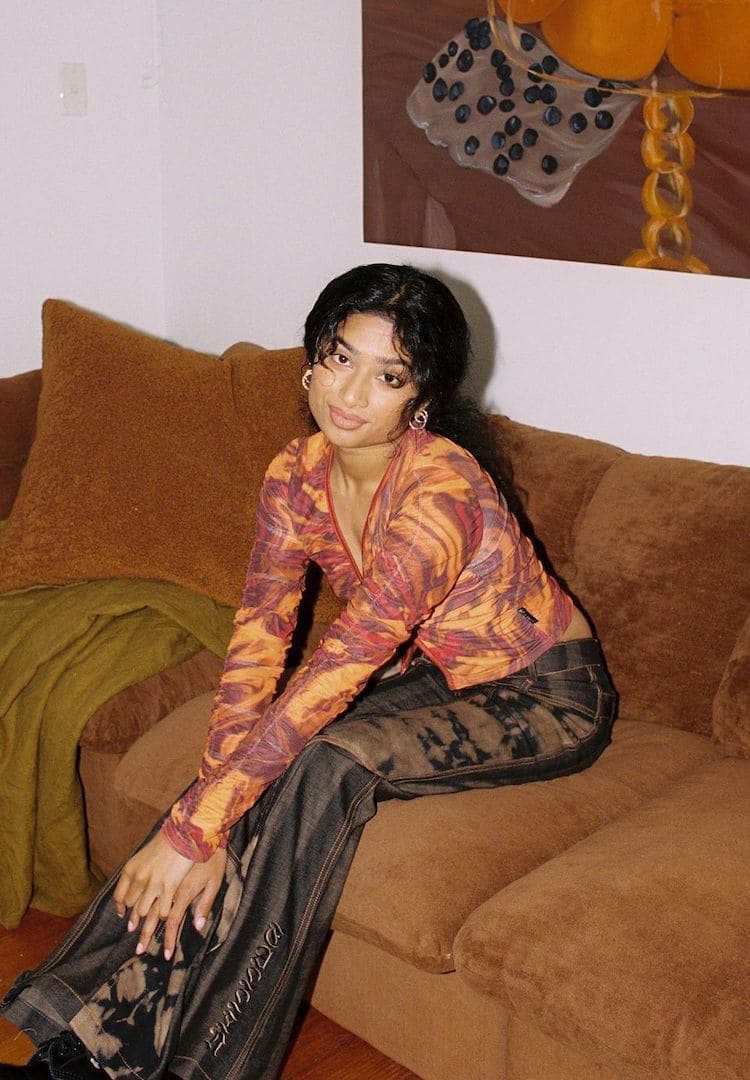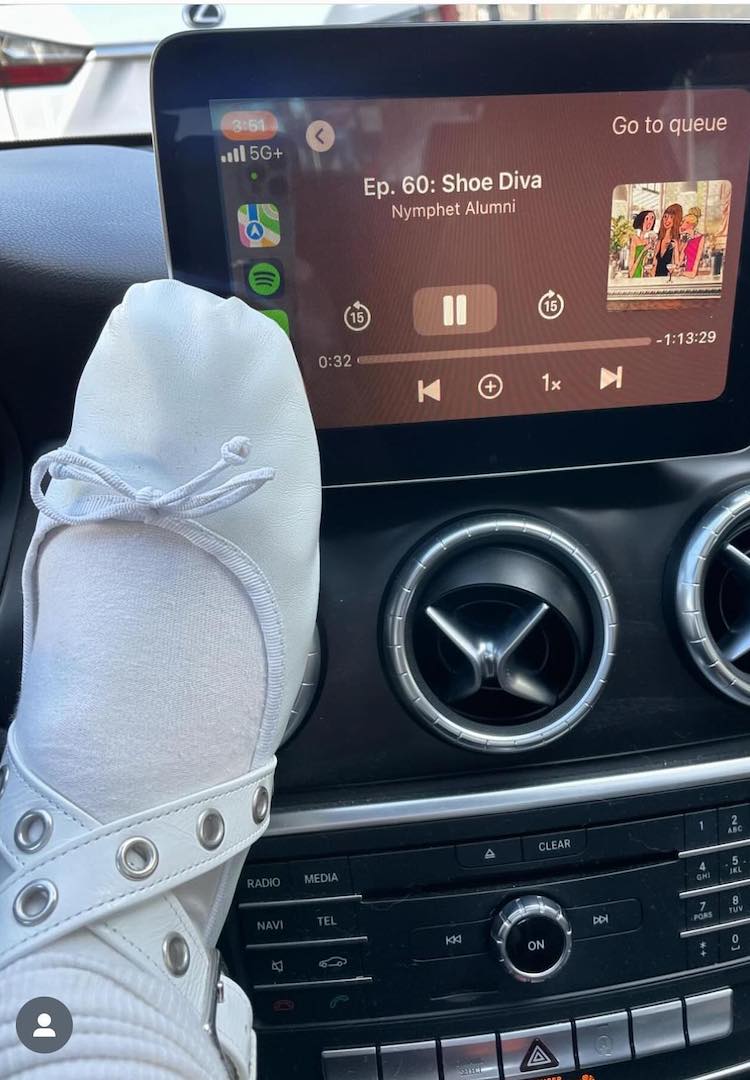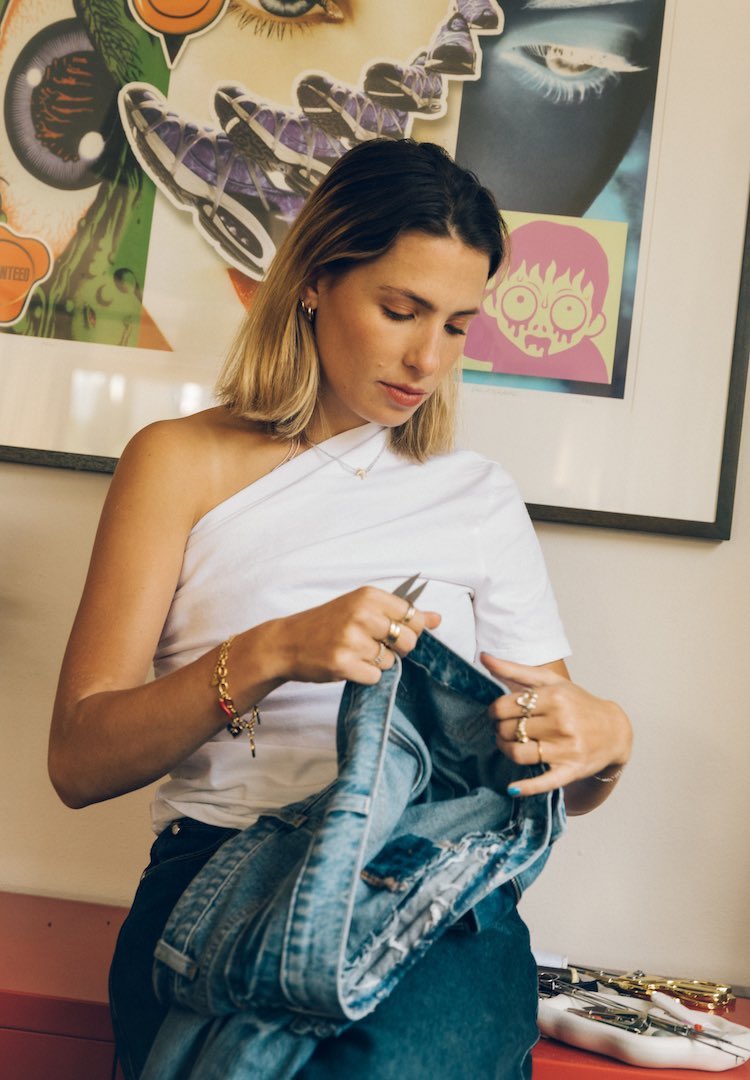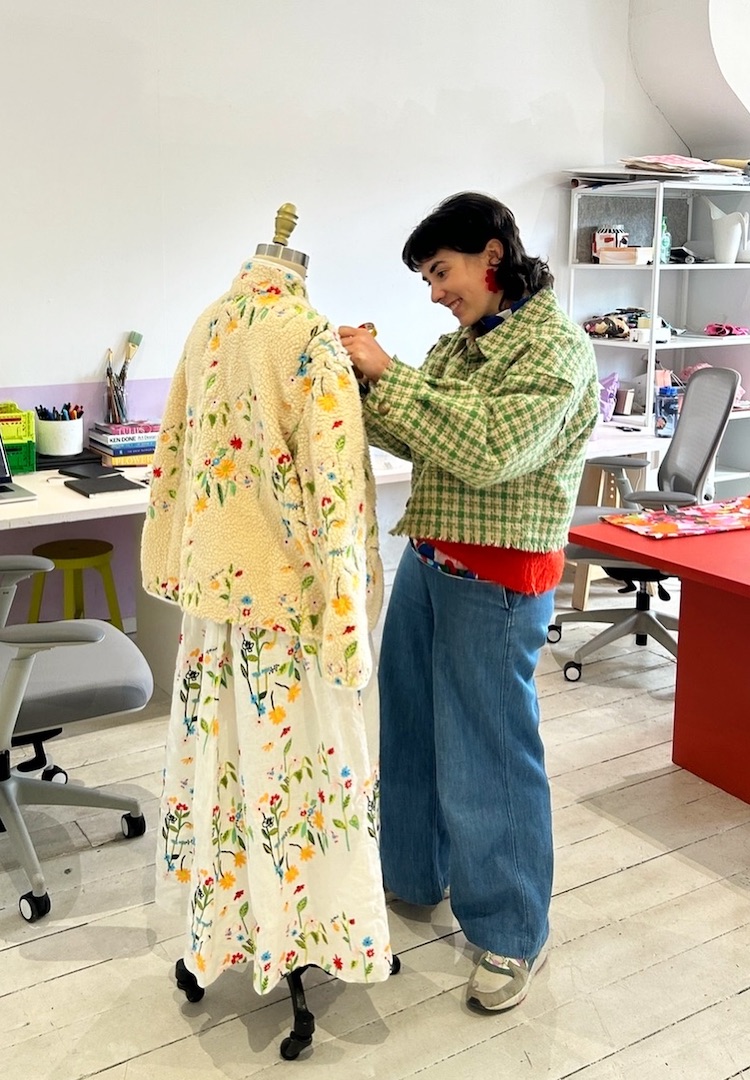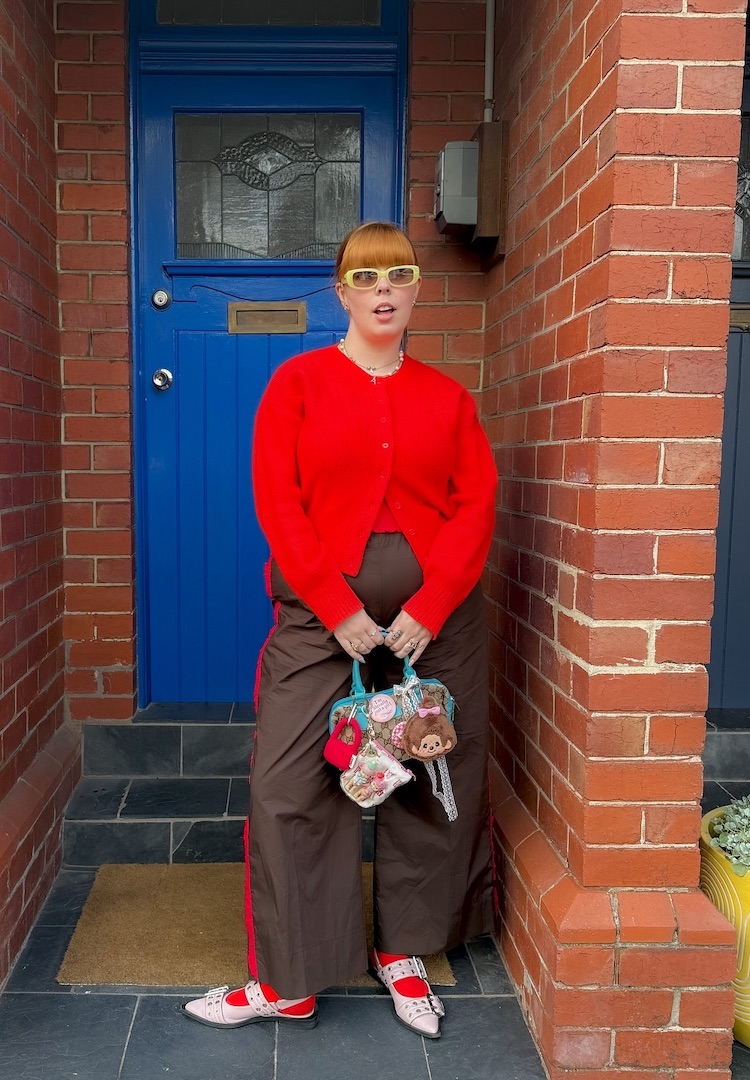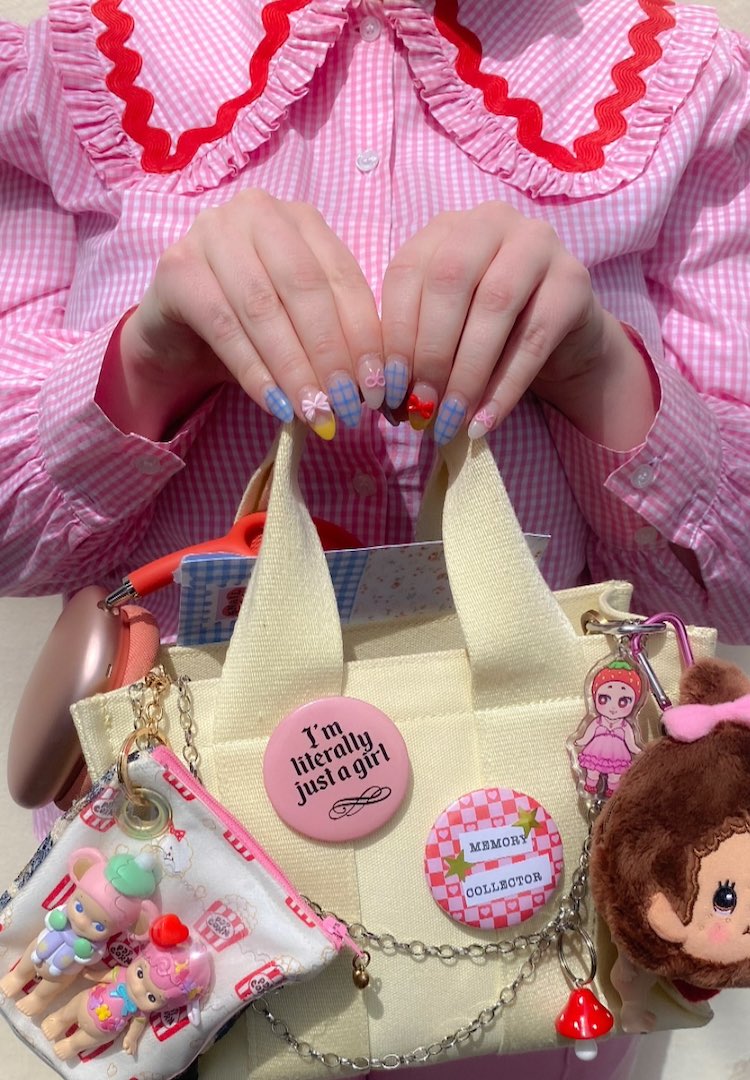This project is collecting stories on gender-based violence in the Australian fashion industry
IMAGE VIA NOSKIN
WORDS BY Ruby Staley
Making it safer for everyone.
Fashion should be a source of pure joy, exploration and self-expression. But for so many women and LGBTQ+ folx globally who work in the fashion and textiles industry, it can be an uncomfortable, unsafe, and downright traumatic space.
Around the world, and especially here in Australia, visionary and hardworking women and queer people are the beating heart of the fashion industry, and sadly, they aren’t always safe or protected. With a mission to better understand, and eventually eradicate, gender-based violence within the fashion industry, the Australian non-profit Collective Fashion Justice (CFJ) is teaming up with feminist tech start-up She’s a Crowd to gather real stories and experiences from within the Australian fashion sector.
Discover up-and-coming local designers in our Fashion section.
The data will be transformed into a report to inform and guide decision-makers towards creating what CFJ describes as a total ethics fashion system, which is “one which values the life and wellbeing of humans and non-humans, as well as the planet, before profit”. We love the sound of that.
With the project still in its early fundraising stage, I spoke to the group’s founding director; writer, model and activist Emma Hakansson, about her own unsavoury experiences in the industry and why it’s so important we all get behind the project.
Hey Emma, thanks for chatting! Let’s start off with why you wanted to get involved in this project in the first place.
Hey Ruby! So, I decided to launch CFJ because I saw a need for an organisation that viewed ethics in totality. There are excellent organisations working on the sustainability issues in the industry, great brands dedicated to workers’ rights, and animal rights groups working to raise awareness around the exploitation involved in fashion.
What I didn’t see though, was enough linking of these issues together – for example, we know that leather production funds the slaughter of animals, that it’s responsible for massive emissions, land degradation, water usage and deforestation. And that forced labour in the leather industry (as well as dangerous work which is almost always carried out by poor people of colour) is rife. These leather goods are then often sewn by women of colour who aren’t paid a living wage. If we don’t recognise how these injustices are interlinked, it’s much harder to uproot them, and transition to a kinder form of fashion.
Since founding CFJ, what kinds of projects and events have you been working on?
In the last year, CFJ has done a lot! We’ve broken stories following testing of ‘faux fur’ sold in Australia that’s actually illegally mislabelled, genuine animal fur from cruel factory-farms, we’ve released new material eco-impact data, which has been published by Vogue Business, released an award-winning short film about total ethics knitwear production, created free educational resources about total ethics fashion which have since been sent to NYU, Parsons and other fashion schools, and more.
CFJ’s upcoming project with She’s A Crowd is gathering data about gender-based violence within the fashion industry, which sounds like a massive task. How will you be approaching it?
CFJ and She’s a Crowd will be working together to collect data on how gender-based violence and inequality impacts the Australian fashion industry. Once we’re fully funded, this will mean creating a survey that’s specific to the fashion industry and people working within it, so that people can share their stories about their experiences working in the industry.
Sometimes, this is going to require translation, especially as there are many migrant women in what’s sometimes referred to as an ‘invisible workforce’, working from home for an often exploitative piece rate. Once we have all of this data and these stories, we will analyse it all for trends, and write a report sharing our findings.
Why did you decide to work with She’s A Crowd on this one?
Before founding CFJ, I worked for an animal protection organisation, and for She’s A Crowd. I’m passionate about gender equality and I know that She’s A Crowd has a unique and wonderful mission, to create this equality through removing the data gap that can leave women and the queer community misunderstood, and so lesser protected.
While there are obvious benefits to collecting data, why collect data specifically about the experiences of women and LGBTQ+ people in the fashion industry? Did you recognise a gap in data or was there an obvious industry-wide issue?
We know that 77 per cent of the Australian fashion industry is made up of women, and we also know that women and the queer community built the industry to what it is today – what would fashion be without us?! At the same time, we know that in Bangladesh, 28 per cent of garment workers, who are predominately women (80 per cent of garment workers are) are sexually abused. In Cambodia, that’s one in three.
Given these statistics, and the reality that gender-based violence is a real issue in Australia (just look at the news), the fact that there isn’t data on this issue within the fashion industry is concerning. From my own experience, when I worked as a model in Australia I was sexually assaulted by a photographer, and I know that wasn’t a unique experience. We want to hear from women across the fashion industry. Models, garment workers, dye house workers, cotton farmers, slaughterhouse workers, retail workers, designers, photographers – everyone.
Is there a link between data and harm reduction? If so, can you explain your understanding of this connection?
We can’t fix problems that we don’t know about or that we don’t understand. To make sure that gender-based violence isn’t running rife in the Australian fashion industry, we need to know what it’s like for women and LGBTQ+ people today. We also need to know what these people feel about their safety, and how it could be improved. Survivors have enormous amounts of knowledge and they need to be heard.
Have you begun the data collection? What will this process look like?
We haven’t yet begun collecting data and we won’t be able to until we reach our funding goal. However, we have begun to build the network in which we will release this survey – connecting with unions, makers, and other industry groups who can connect us with people. We’ll need the survey to go out to as many people as we can. These people will also be given a chance to speak more to us, after the survey.
At the end of this project, what do you hope can come from your findings?
We’ll be releasing a report with our findings, as well as recommendations as to what the fashion industry in Australia can do to improve safety for women and LGBTQ+ people. We’ll work hard to make sure these recommendations are taken seriously and that they’re implemented by people in positions of power.
How can we, as readers, consumers and producers, help?
We really need financial support to undertake this large project. So far, Citizen Wolf has sponsored the work as a brand, which we’re so grateful for. We need people to ask their favourite brands to get in touch with us to support the work too, and we need individuals to support the work, which people can do through our website.
To find out more about the work CFJ and She’s A Crowd are doing, head here.

